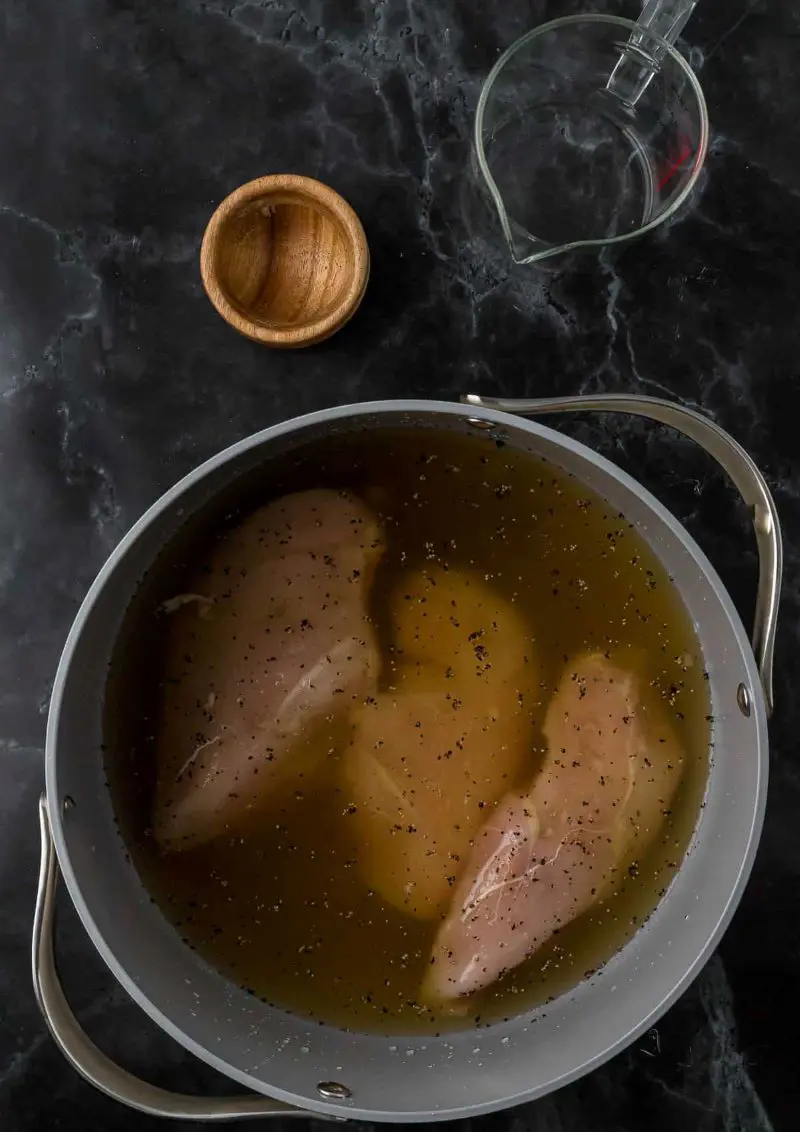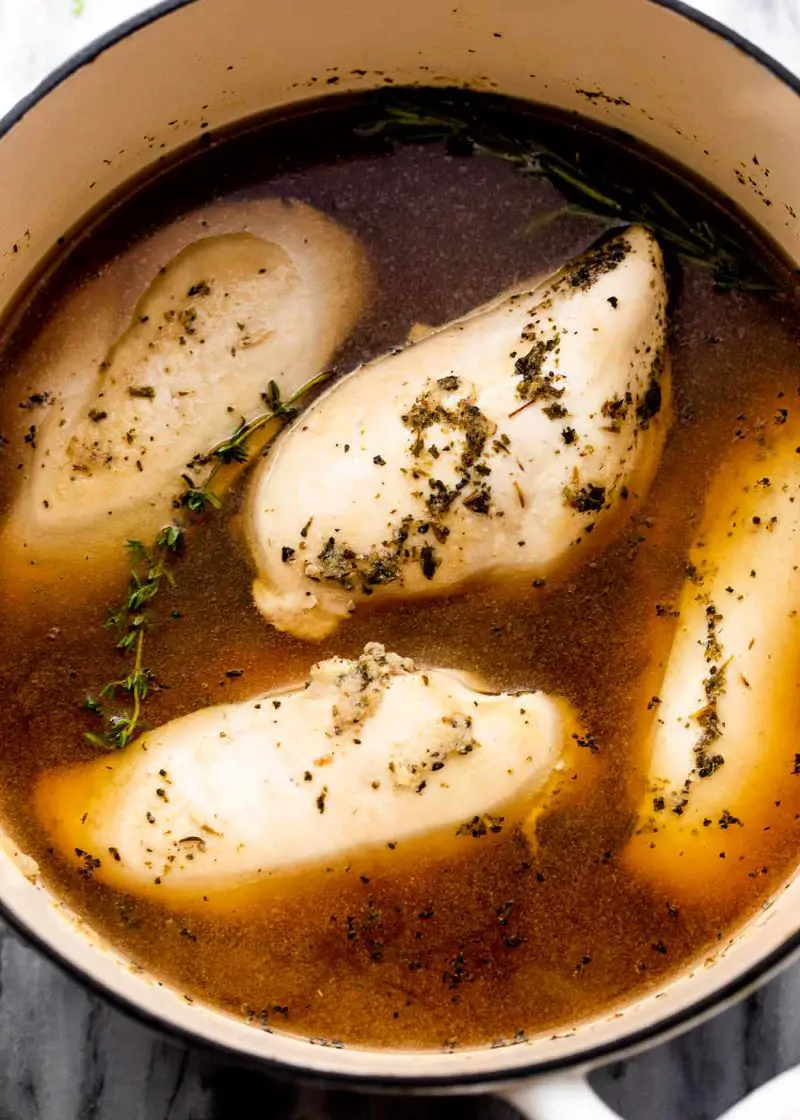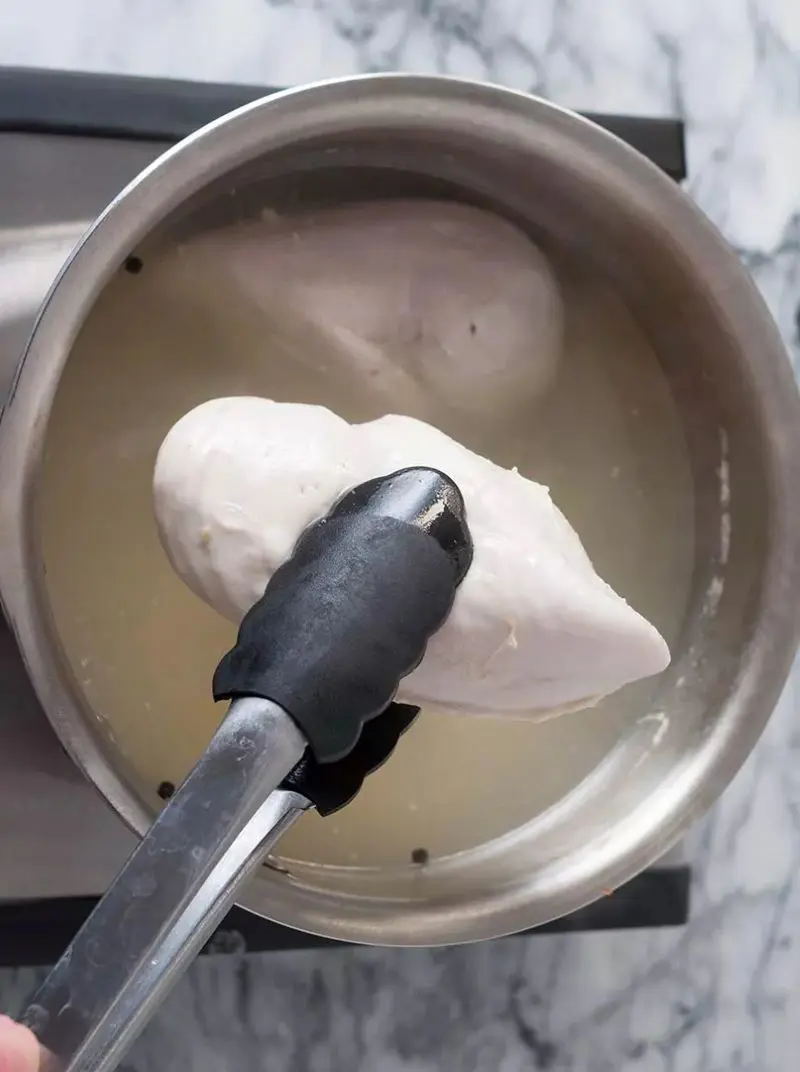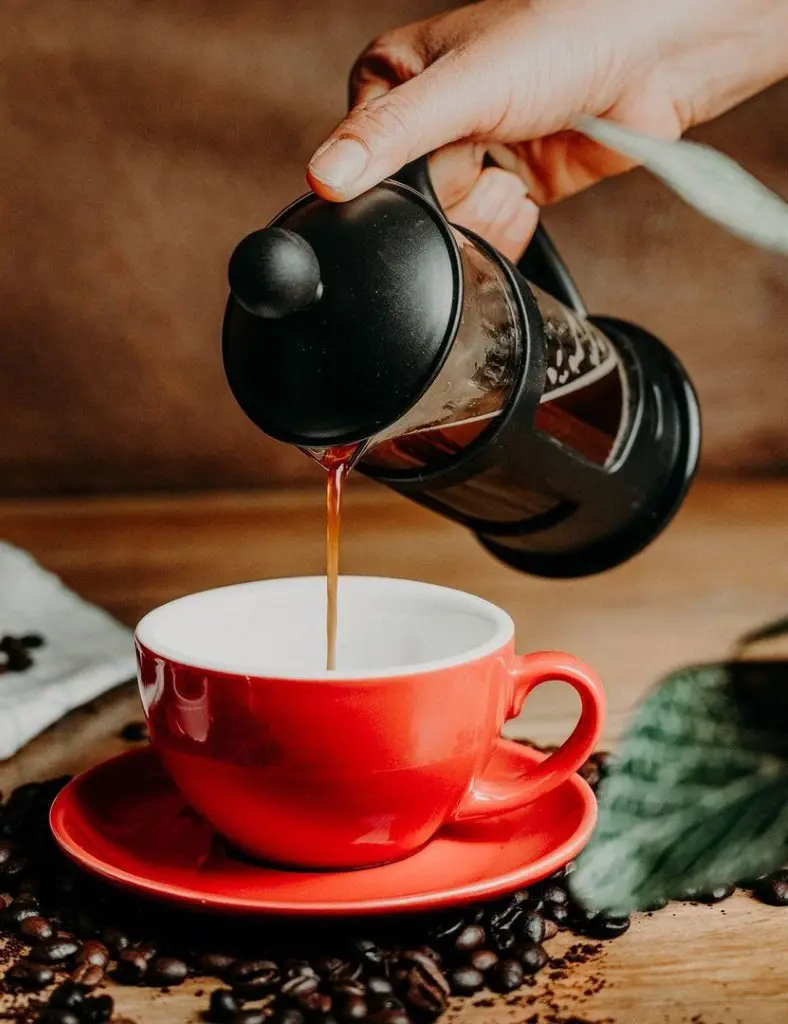Ingredients To Boil Chicken
Chicken
For the recipe, select between 1 to 4 boneless, skinless chicken breasts, each weighing approximately 12 ounces, to achieve excellent results. This ensures the chicken remains tender and juicy after boiling, ideal for various dishes like salads, wraps, or main courses.
Boiled chicken serves as a versatile protein foundation, adaptable to different culinary creations.
Water or Broth
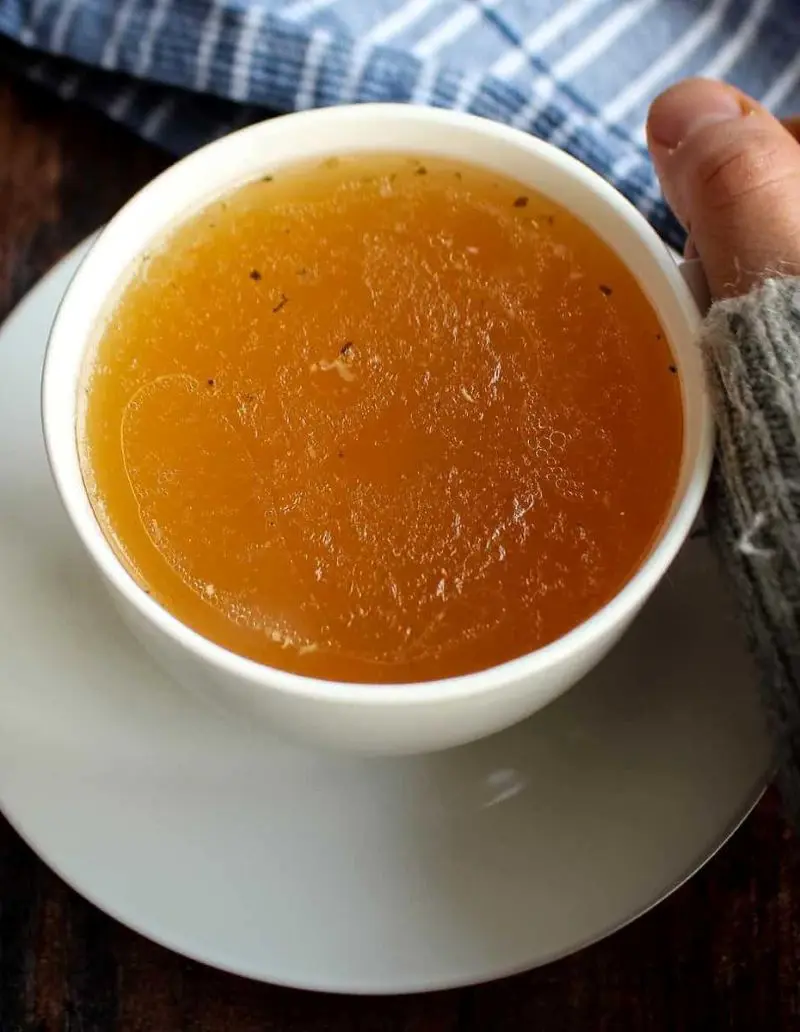
Water is typically used to boil chicken, providing a neutral base for cooking. It's straightforward and commonly used for its simplicity. However, using broth, such as chicken broth, adds an extra dimension to the dish. The broth infuses the chicken with additional flavor, enhancing its taste and aroma significantly.
Both water and broth help to tenderize the chicken during boiling, ensuring it remains moist and flavorful, but broth introduces richer, more complex flavors that elevate the dish to a new level of culinary delight.
Kosher Salt and Black Pepper
Kosher salt and black pepper, added to taste, enhance the flavor profile of boiled chicken. Kosher salt, with its coarse texture, helps to season the chicken evenly throughout, bringing out its natural flavors without overpowering them. Black pepper adds a subtle heat and depth, complementing the chicken's taste.
Together, they create a balanced seasoning that enhances the overall dish, making the boiled chicken savory and delicious. Adjusting these seasonings to taste ensures the chicken is perfectly seasoned, contributing to a satisfying culinary experience.
Aromatics (optional, such as onion, garlic, celery, herbs)
Aromatics are essential ingredients for boiling chicken, imparting depth and fragrance to the dish. Common aromatics include onions, garlic, celery, and herbs like bay leaves, thyme, or parsley. These ingredients infuse the chicken with subtle flavors during cooking, enhancing its overall taste.
Onions and garlic add savory notes, while celery contributes a mild sweetness. Herbs provide freshness and complexity, elevating the dish beyond basic boiled chicken.
Add Vegetables

Optionally, you can enhance the boiled chicken recipe by adding vegetables. Vegetables like carrots, potatoes, and bell peppers not only complement the chicken but also add nutrition and texture to the dish. They simmer alongside the chicken, absorbing flavors from the broth or water and contributing their own natural sweetness.
This addition transforms the simple boiled chicken into a wholesome and balanced meal, perfect for satisfying both taste and dietary needs. Adjust the selection and quantity of vegetables based on personal preference and desired flavor profile.



